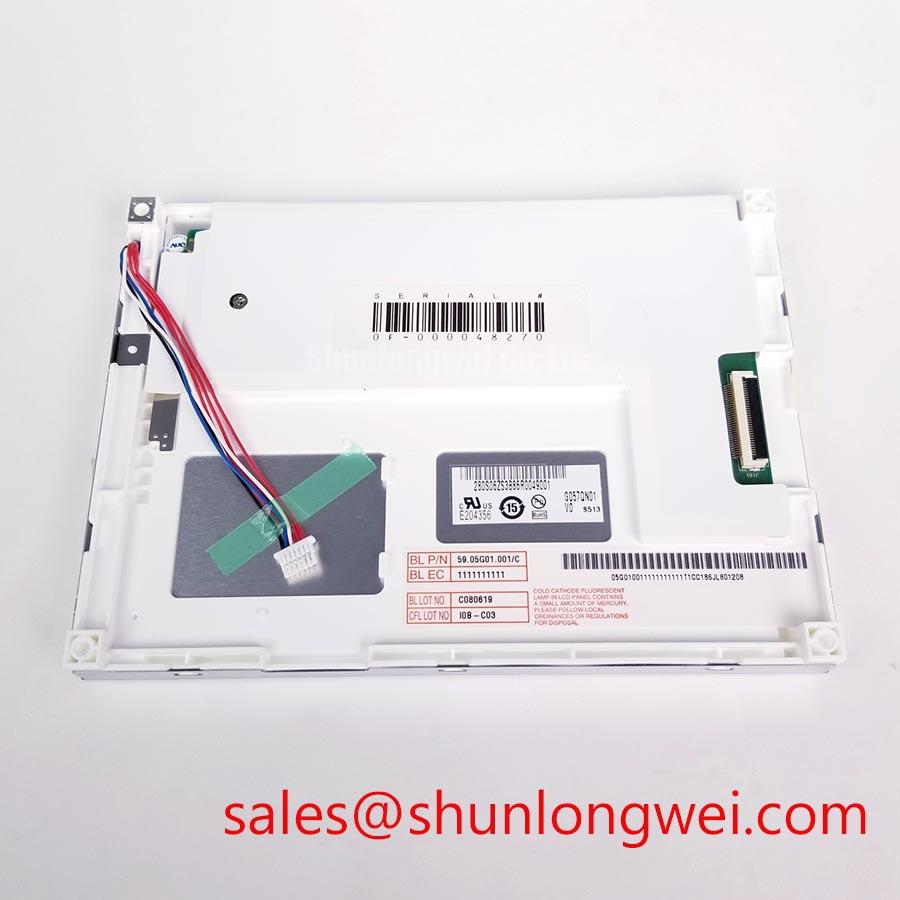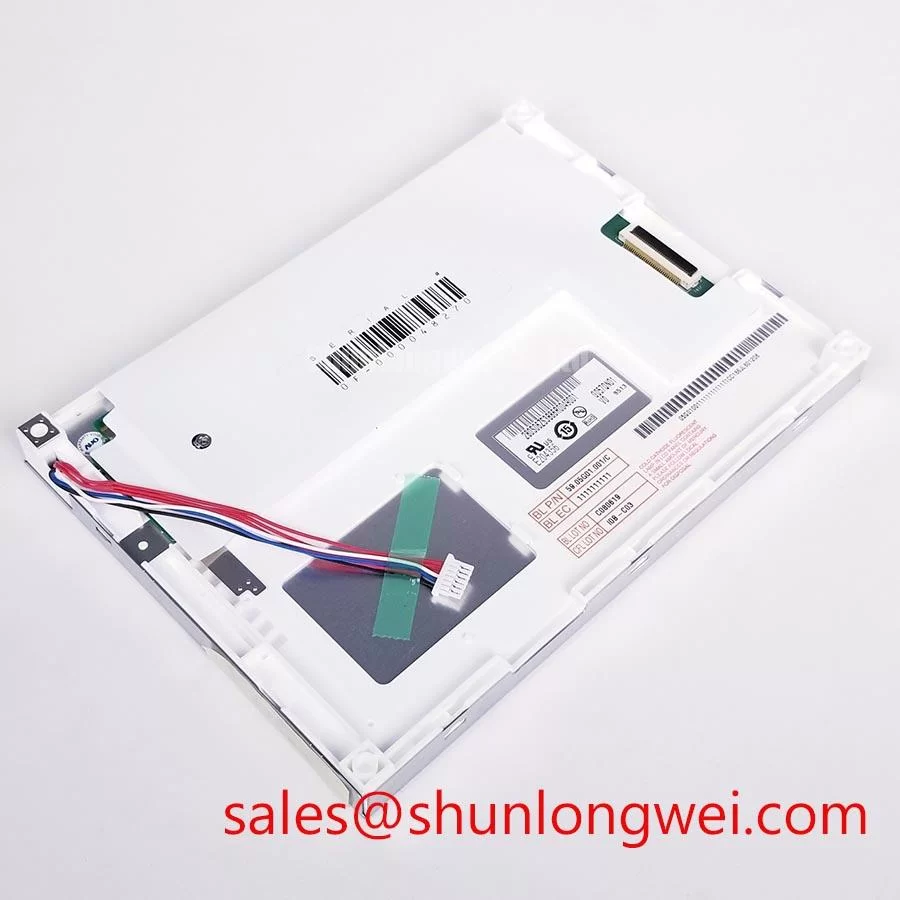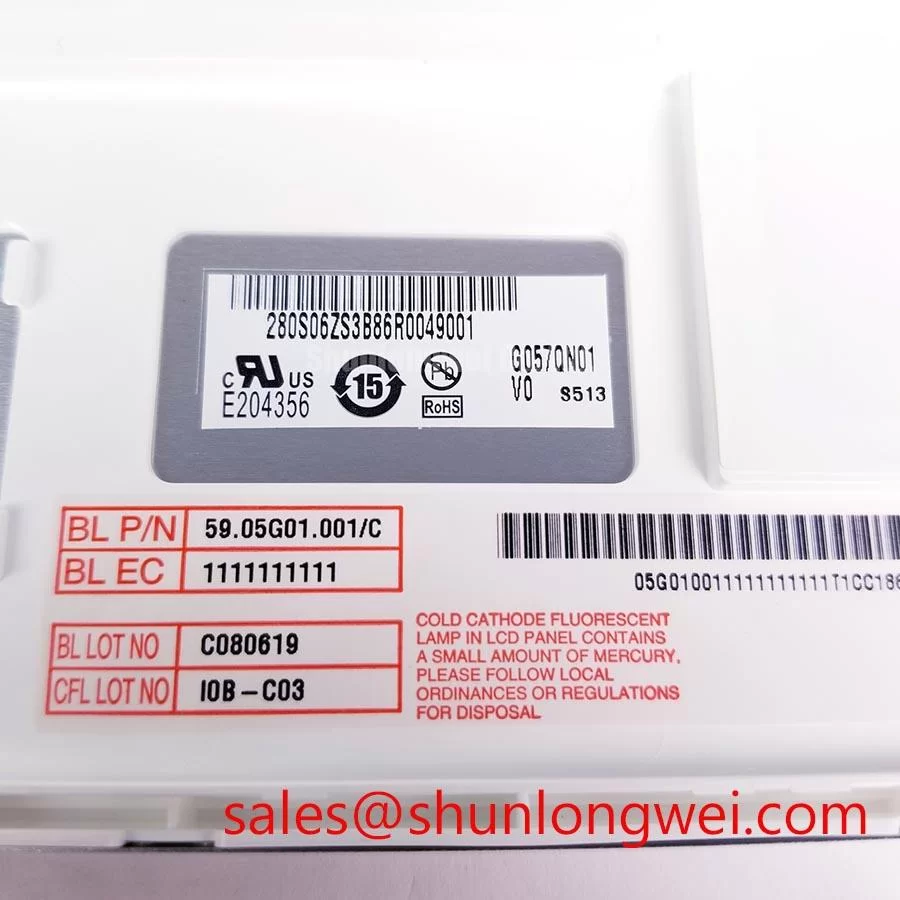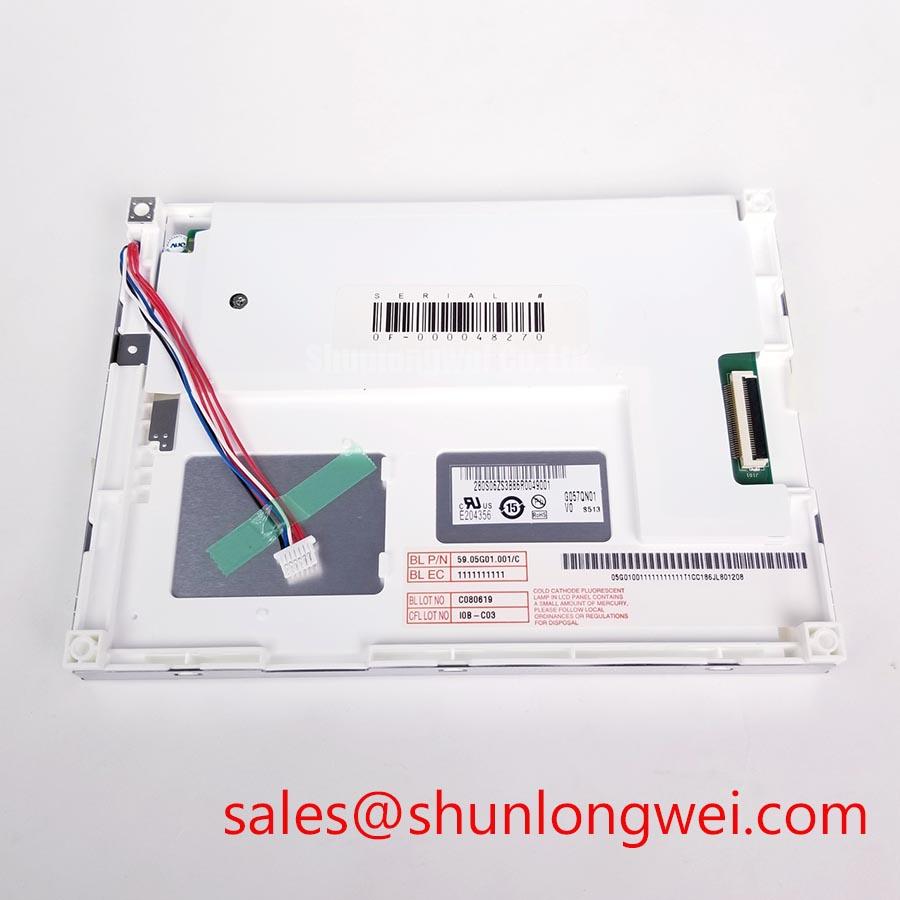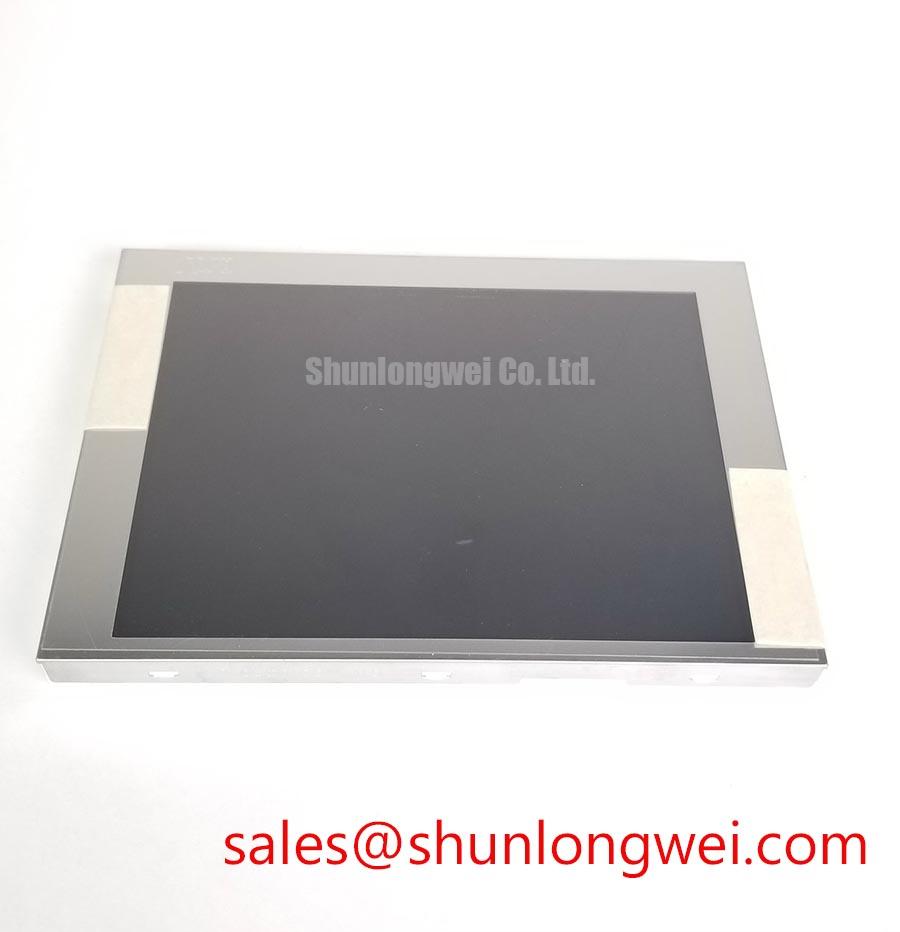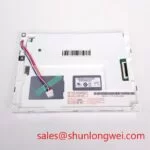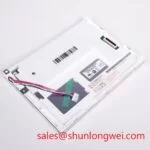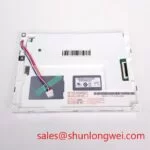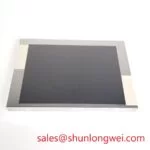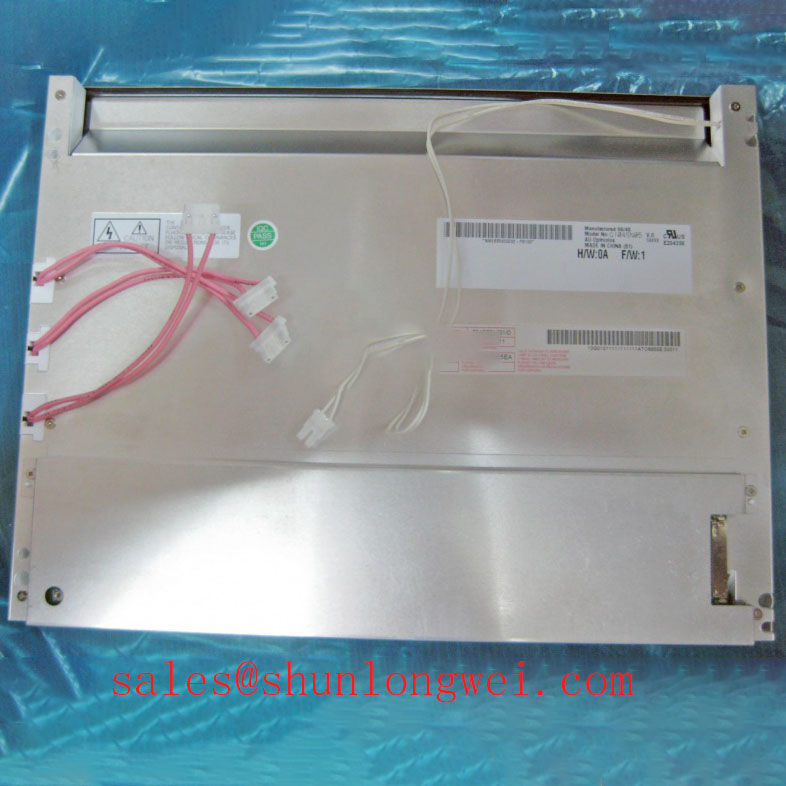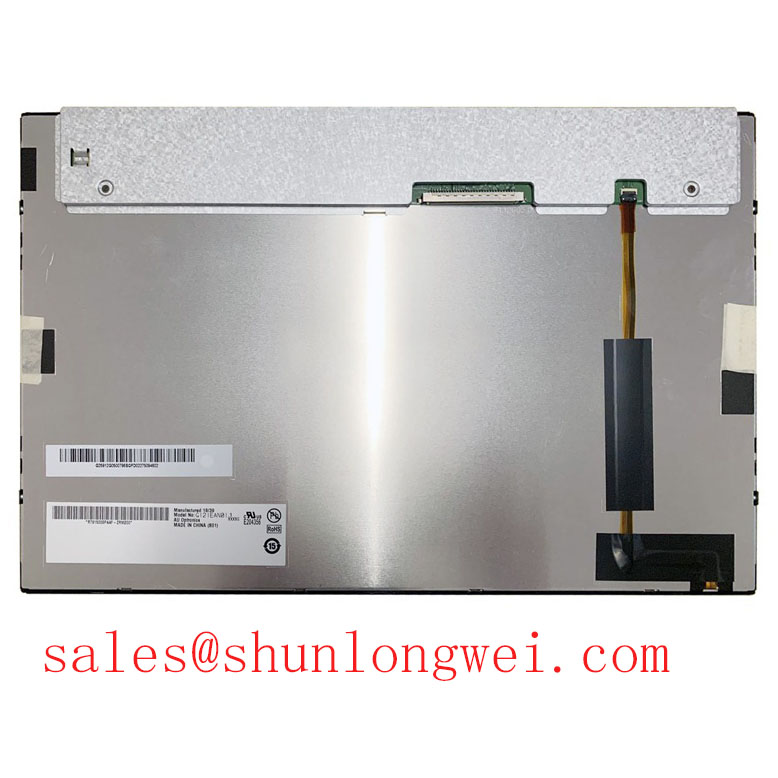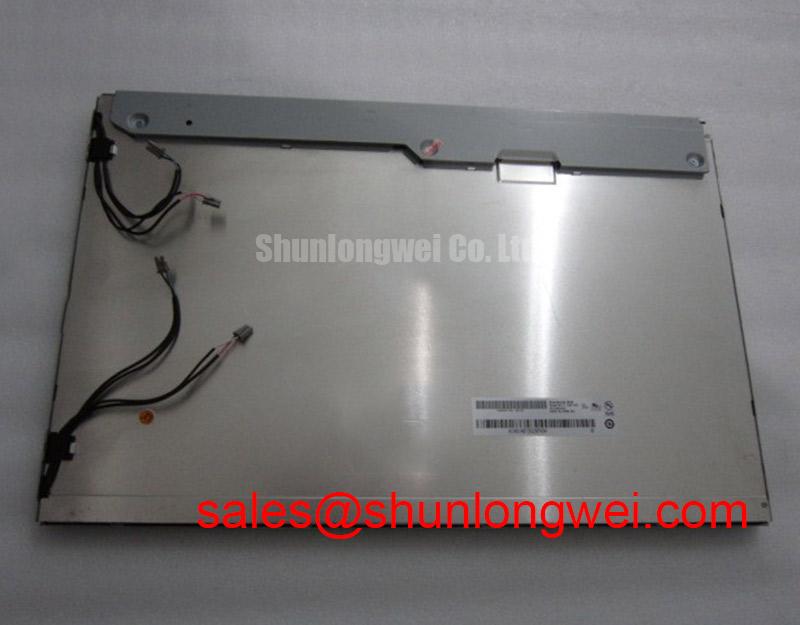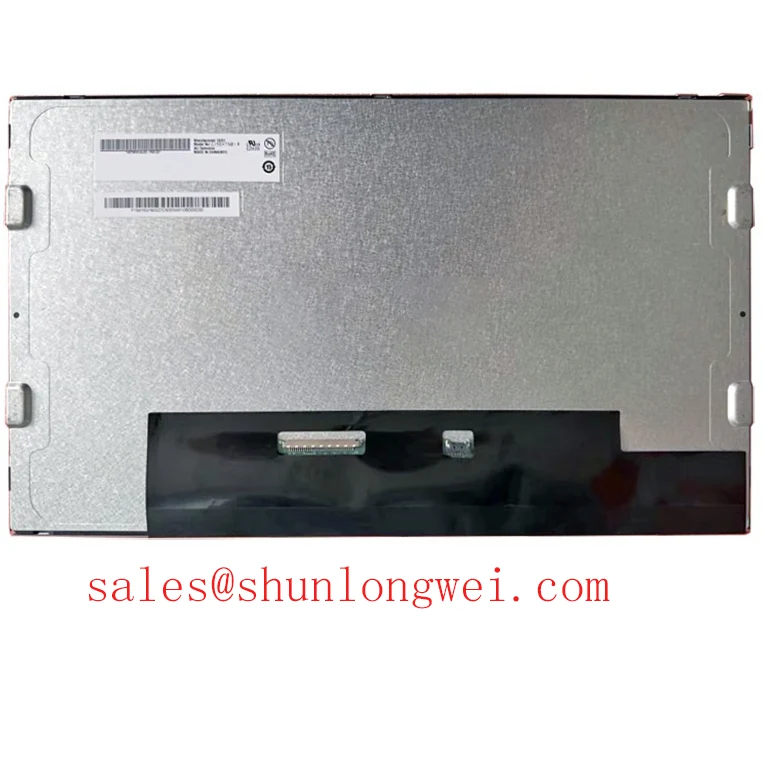Content last revised on November 20, 2025
G057QN0-V0: Industrial 5.7-inch QVGA Display Engineered for Wide Temperature Operation
An Engineering-Focused Overview of the G057QN01 V0 TFT-LCD
The AUO G057QN01 V0 is a 5.7-inch a-Si TFT-LCD module engineered for resilience and clarity in demanding industrial environments. It delivers consistent performance across an exceptionally wide operating temperature range, making it a robust choice for systems deployed in uncontrolled settings. With a specification of 320x240 QVGA | 400 nits Brightness | -30 to 85°C Operating Temp, this display prioritizes operational reliability and long-term stability. Key engineering benefits include sustained performance in extreme temperatures and a high-endurance WLED backlight. This module directly addresses the need for a compact, durable HMI display that can function reliably without requiring complex thermal management systems. For applications requiring a higher resolution in a similar form factor, the G065VN01 V2 provides a VGA alternative.
Key Parameter Overview
Decoding the Specs for Environmental Resilience and Optical Performance
The specifications of the G057QN01 V0 are tailored for industrial utility, with a clear emphasis on durability and visual performance under typical operational conditions. The parameters highlighted below are critical for system integration and reliability assessments.
| Parameter Category | Specification | Engineering Significance |
|---|---|---|
| Display Size & Resolution | 5.7-inch | 320(RGB) x 240 [QVGA] | Provides a standard 4:3 aspect ratio suitable for clear rendering of industrial control GUIs, data readouts, and status indicators. |
| Operating Temperature | -30°C to +85°C | This extensive range is the cornerstone of its design, ensuring reliable startup and operation in outdoor kiosks, unheated warehouses, and vehicle cabins. |
| Storage Temperature | -30°C to +85°C | Guarantees component integrity during shipping and storage in extreme climates, reducing the risk of premature failure. |
| Brightness & Contrast Ratio | 400 cd/m² (Typ.) | 800:1 (Typ.) | Delivers sufficient brightness for most indoor and shaded outdoor industrial settings, while the high contrast ratio ensures sharp, legible text and graphics. |
| Backlight System | WLED, 50,000 Hours Lifetime (Typ.) | The long-life backlight is critical for reducing total cost of ownership in applications requiring continuous or long-hour operation. Think of it as the engine of the display; its 50k-hour rating is equivalent to over 5.7 years of 24/7 use. |
| Interface | Parallel RGB (1 ch, 6-bit), 33-pin CMOS | A widely supported interface that simplifies integration with a variety of single-board computers and embedded controllers common in industrial automation. |
| Surface Treatment | Antiglare, Hard Coating (3H) | Minimizes reflections from overhead lighting and provides essential scratch resistance against incidental contact in busy operational environments. |
Download the G057QN01 V0 datasheet for detailed specifications and performance curves.
Application Scenarios & Value
System-Level Benefits in Environmentally Challenging HMI Applications
The G057QN01 V0 is engineered for applications where environmental conditions are a primary design constraint. Its value extends beyond simple display functionality to enabling operational continuity in harsh settings.
A high-fidelity engineering scenario is the control panel for an agricultural harvesting machine or an outdoor construction vehicle. In this context, the operator's cab can experience extreme temperature swings, from freezing mornings to sun-baked afternoons. The G057QN01 V0's -30°C to 85°C operating range directly addresses this challenge. Unlike consumer-grade displays that would fail or suffer from severe image degradation, this module ensures the HMI remains functional and legible, providing critical machine data without the need for auxiliary heating or cooling systems. This simplifies the mechanical design, reduces power consumption, and eliminates potential points of failure, directly contributing to the vehicle's overall reliability and uptime. The 400-nit brightness, paired with an antiglare surface, ensures readability even in bright ambient light, a common condition in these outdoor environments.
Frequently Asked Questions (FAQ)
What is the primary advantage of the -30°C to 85°C operating temperature range?
This wide range guarantees operational reliability in non-climate-controlled environments, such as outdoor terminals, vehicle-mounted systems, and industrial freezers. It eliminates the need for external heating or cooling components, which simplifies system design, lowers power budgets, and increases overall equipment dependability.
How does the 50,000-hour backlight lifetime impact the total cost of ownership (TCO)?
A 50,000-hour backlight lifetime translates to approximately 5.7 years of continuous 24/7 operation. For industrial equipment with long service life requirements, this significantly reduces maintenance cycles and replacement costs, directly lowering the TCO compared to displays with shorter-lived backlights.
Is the CMOS interface suitable for modern embedded systems?
Yes, the parallel RGB CMOS interface is a robust and straightforward standard widely supported by industrial-grade microcontrollers and single-board computers. Its simplicity and directness make it an excellent choice for real-time control applications where low latency is important, avoiding the complexity of higher-speed serial interfaces like LVDS or MIPI.
What does the 800:1 contrast ratio mean for an industrial HMI?
A high contrast ratio is crucial for legibility. It creates a distinct difference between the brightest whites and darkest blacks, making text, numerical readouts, and warning symbols appear sharp and clear. This is especially important for reducing operator eye strain and minimizing errors when reading critical information quickly.
Industry Insights & Strategic Advantage
Meeting the Demand for Ruggedization in Industrial IoT and Automation
The trend towards Industry 4.0 and the expansion of the Industrial Internet of Things (IIoT) is pushing computational and control systems into harsher environments, far from the climate-controlled server room. The G057QN01 V0 is strategically positioned to meet this demand. Equipment like outdoor payment kiosks, remote monitoring stations for utilities, and control panels on mobile heavy machinery require components that are inherently robust. This display's wide temperature tolerance is not just a feature; it is a key enabler for this market shift. By providing a reliable visual interface that functions across extreme thermal cycles, it allows OEMs to design more resilient, versatile, and geographically deployable systems without incurring the high costs and complexity of environmental hardening. This aligns with the strategic need for "deploy-and-forget" hardware that enhances operational efficiency and minimizes field service interventions, a core tenet for manufacturers like AUO.
Engineering a Dependable HMI Solution
Ultimately, the G057QN01 V0 provides a strategic foundation for Human-Machine Interfaces that must deliver unwavering performance in the face of environmental adversity. Its core design principle is reliability, achieved through a wide operating temperature range and a long-life backlight system. This focus allows design engineers to simplify their thermal management strategy, reduce system complexity, and confidently deploy their products into applications where standard displays would falter. By specifying a component built for these conditions, engineers can invest their resources in software and feature development rather than environmental mitigation, accelerating time-to-market and enhancing the final product's market competitiveness.

